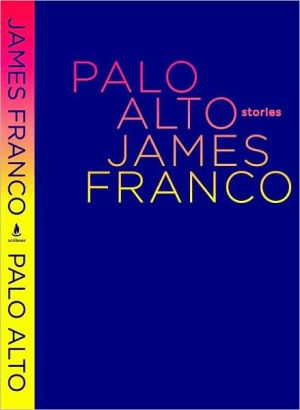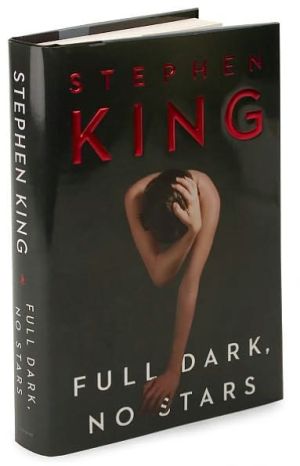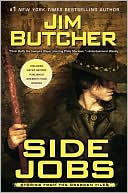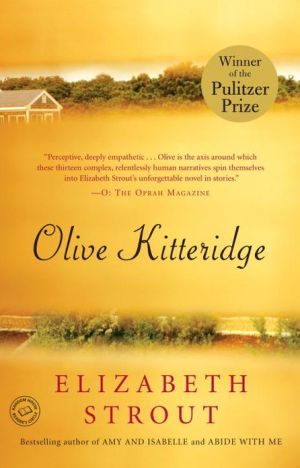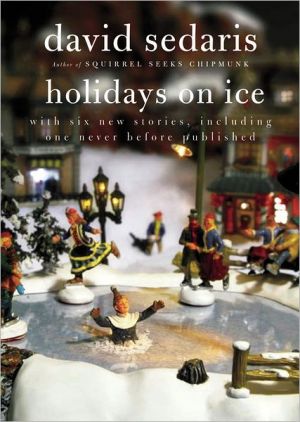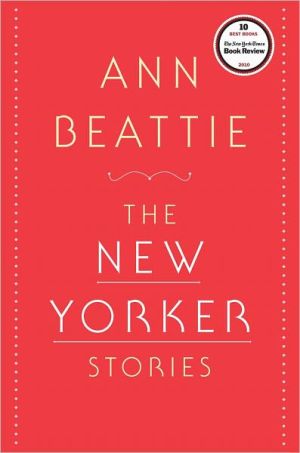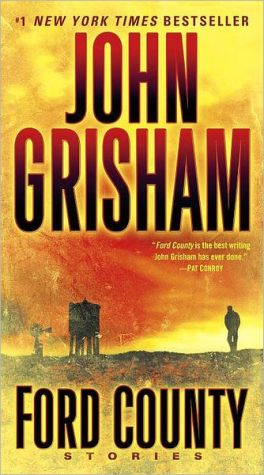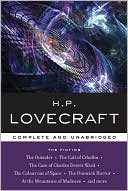Palo Alto: Stories
A fiercely vivid collection of stories about troubled California teenagers and misfits--violent and harrowing, from the astonishingly talented actor and artist James Franco.\ Palo Alto is the debut of a surprising and powerful new literary voice. Written with an immediate sense of place--claustrophobic and ominous--James Franco's collection traces the lives of an extended group of teenagers as they experiment with vices of all kinds, struggle with their families and one another, and succumb...
Search in google:
A fiercely vivid collection of stories about troubled California teenagers and misfits—violent and harrowing, from the astonishingly talented actor and artist James Franco.Palo Alto is the debut of a surprising and powerful new literary voice. Written with an immediate sense of place—claustrophobic and ominous—James Franco's collection traces the lives of an extended group of teenagers as they experiment with vices of all kinds, struggle with their families and one another, and succumb to self-destructive, often heartless nihilism. In "Lockheed" a young woman's summer—spent working a dull internship—is suddenly upended by a spectacular incident of violence at a house party. In "American History" a high school freshman attempts to impress a girl during a classroom skit with a realistic portrayal of a slave owner—only to have his feigned bigotry avenged. In "I Could Kill Someone," a lonely teenager buys a gun with the aim of killing his high school tormentor, but begins to wonder about his bully's own inner life. These linked stories, stark, vivid, and disturbing, are a compelling portrait of lives on the rough fringes of youth.Publishers WeeklyGiven that Franco could have opted to coast by on movie star mystique, the decision to write about the suburb of his upbringing is intriguing. But the author fails to find anything remotely insightful to say in these 11 amazingly underwhelming stories. The privileged, borderline sociopathic eighth-grade consciousness into which stories like "Killing Animals" and "Tar Baby" consign us is saturated in first-wave Nintendo games and an egregiously gleeful dosage of homophobia and puerile race-baiting that is exhausting, even in a collection where the average story is 10 pages long. Still, tales like "Camp" and the above-average "American History" manage to successfully construe bad-kid amorality as authenticity, which is more than can be said of "I Could Kill Someone," one of several stories that reads like Patrick Bateman from American Psycho fell into a Catcher in the Rye remix, or the colossal misfire that constitutes "Emily," written from the point of view of a teenage girl who performs carnal acts on every page. The overall failure of this collection has nothing to do with its side project status and everything to do with its inability to grasp the same lesson lost on its gallery of high school reprobates: there is more to life than this. (Oct.)
When I got to high school I didn’t have friends. My best friend moved away, and I wasn’t popular. I didn’t go to parties. I got drunk only once, at a wedding. I puked behind a gazebo. I\ was with my cousin Jamie, who is gay. He goes to high school in Menlo Park, which is a five-minute drive. He is my only friend. He smokes menthol cigarettes.\ After school I would go home. Me and Mom and Tim would watch Roseanne at the dinner table because Dad wasn’t there to say no.\ Then Dad would come home and we would study. A lot of times my math tests were on Thursdays, so my dad and I would study extra long on Wednesdays, and I would miss Beverly Hills 90210. I never taped it.\ I did so well in math class that I got this internship for the summer at Lockheed Martin. They make missiles and satellites. I was the only girl out of ten students who got selected.\ My dad was very excited.\ He said, “Marissa, one day you and I will work together.”\ That summer, between my freshman and sophomore years, I worked for a Swedish guy named Jan, pronounced Yan. My job was to watch old film reels of the moon. There were hundreds. I worked in a cold, windowless basement. The reels would run from one spool to another on this old machine that looked like a tank. I was supposed to record blemishes and splices in the film. Sometimes the moon was full; sometimes it would get a little more full as I watched. Sometimes the film was scratched so badly it skipped, or it broke. I was in the basement forty hours a week. I watched so many moons.\ It got so boring, I stopped looking for splices. Instead, I drew pictures on computer paper that I pulled from the recycling bin. Jan was never around, so I drew a lot. I drew rainbows, and people, and cities, and guns, and people getting shot and bleeding, and people having sex. When I got tired I just drew doodles. I tried to draw portraits of people I knew. My family always looked ridiculous, but funny because the pictures resembled them, but not enough. Then I drew all these things from my childhood, like Hello Kitty and Rainbow Brite and My Little Pony. I drew my brother’s G.I. Joes. I made the My Little Ponys kill the G.I. Joes.\ I drew hundreds of pictures and they were all bad. I wasn’t good at drawing. It was also a little sad to draw so much because I could see everything that was inside me. I had drawn everything I could think of. All that was inside me was a bunch of toys, and TV shows, and my family. My life was boring. I only had one kiss, and it was with my gay cousin, Jamie.\ One day, Jan came down to the basement. He saw all my little drawings. He didn’t say much. He picked them up and looked at them. He looked at every picture that was there. When he finished with each, he put it onto a neat pile.\ He was tall and restrained, with clean, fading blond hair, combed back, with a slight wave in the front. He had a plain gold wedding band. As he looked at the pictures, I tried to\ imagine what he did for fun, but I couldn’t. He put the last picture down on the neat stack and looked at me.\ “How is Mr. Moon?” he asked. In his accent his words came out short and clean. There was a hint of warmth, but it was contained.\ “I found a few scratches today,” I said.\ “Good,” he said, and left. I didn’t draw any more that day. I looked at the moon.\ The next day I was back in the basement. It was almost lunchtime, and Jan came in.\ “Come here,” he said, and turned and walked out. I followed him down the hall and outside. We crossed the parking lot, me following him. The surface of the blacktop was melting where they had put tar to fill in the cracks. There were no trees in the parking lot and the sun was pushing hard. I followed the back of Jan’s light yellow shirt and tan slacks over to his truck. It was an old, faded mustard-colored pickup that said toyota in white on the back.\ When I got to the truck, he was messing around with something in the stake bed. He put the back part that said toyota down. On top of this, he laid out a big, black portfolio.\ He opened it and there were drawings inside.\ “Look,” he said. He stepped back, and I looked. He said, “These are mine.”\ They were good. They were mostly portraits. There were a bunch of portraits of a pretty woman’s face, all the same woman. He was a lot better than I was.\ “That’s Greta, my wife,” he said. “She was not my wife then, when I made them. She became my wife.”\ “She’s very beautiful,” I said. She was. Prettier than me.\ “I did these when I was at school,” he said. “I wanted to be artist. But it was no good. It is no good to be artist. I practiced every day, eight hours a day. Then I could draw like Michelangelo. Then what? There is already Michelangelo. I realized there was nothing more to do. In science, there is always more to learn. Always more.”\ I didn’t look at him; I looked at his pictures. I felt very lonely. I pictured him and his wife, alone at a long table, eating some bland Swedish food, not talking. The only sounds were\ from the utensils hitting the plates, and the squish of their gentle chewing.\ “So,” he said. “You see.” He reached over me and shut the portfolio to punctuate the “You see,” but I didn’t know what to see. Then I looked at him. He stood there and looked at\ me. We were so awkward.\ “Okay,” he said finally. “See you.”\ “See you,” I said.\ © 2010 WHOSE DOG R U Productions, Inc.
\ Publishers WeeklyGiven that Franco could have opted to coast by on movie star mystique, the decision to write about the suburb of his upbringing is intriguing. But the author fails to find anything remotely insightful to say in these 11 amazingly underwhelming stories. The privileged, borderline sociopathic eighth-grade consciousness into which stories like "Killing Animals" and "Tar Baby" consign us is saturated in first-wave Nintendo games and an egregiously gleeful dosage of homophobia and puerile race-baiting that is exhausting, even in a collection where the average story is 10 pages long. Still, tales like "Camp" and the above-average "American History" manage to successfully construe bad-kid amorality as authenticity, which is more than can be said of "I Could Kill Someone," one of several stories that reads like Patrick Bateman from American Psycho fell into a Catcher in the Rye remix, or the colossal misfire that constitutes "Emily," written from the point of view of a teenage girl who performs carnal acts on every page. The overall failure of this collection has nothing to do with its side project status and everything to do with its inability to grasp the same lesson lost on its gallery of high school reprobates: there is more to life than this. (Oct.)\ \ \ \ \ Library JournalActor Franco, perhaps best known for his roles in Spider-Man and Milk, makes his debut as a writer with this collection of 11 short stories about restless adolescents in Palo Alto, CA. Most involve experimentation with sex and drugs. Marijuana, especially, provides a backdrop, and sex is the source of both desire and guilt. His strongest offerings are two longer tales that focus on young women. In "Chinatown," Pam, who has a beat-up face, allows boys to do whatever they like with her—and they do. In "April," a girl is taken advantage of by one of her teachers. While the earlier stories suffer from a bland prose style and lack satisfying conclusions, the latter entries show a writer coming into his own. Franco does a good job of revealing a particular group of kids in a particular place, and his dialog crackles. VERDICT Recommended for readers not afraid to confront the realities of troubled teens, this book can be likened to Bret Easton Ellis's Less Than Zero, but for a younger generation.—Evelyn Beck, Piedmont Technical Coll., Greenwood, SC\ \ \ Kirkus ReviewsBleak tales of growing up in the eponymous city.\ Actor Franco's stories are impressive: crisp, spare, depressing. Numerous characters recur from story to story, sometimes appearing as narrators, other times as characters within someone else's narrative frame. Almost all are teenagers who drift from party to party, who break up friends and who look for a little action, anything to temporarily lift the ponderous boredom of their lives. What's missing are actions with any larger significance, though at times the more sensitive characters have a wistful awareness of this emptiness. In "Jack-O" narrator Michael drives his grandfather's old Cadillac DeVille into a wall, desperately hoping to get to some other reality "because this world sucks, and even if you are high it only lets you escape a little bit, it lets you escape enough that you know there could be something better, but it won't let you into that place." This black hole of meaninglessness drives the characters to do what they do. Their world is limited to getting high, having purposeless sex and plotting revenge on arrogant locker-room bullies who question their masculinity. These teens have perfected a patois of insult that aspires to the poetic but that ultimately reaffirms the vacuity within which they live. In "Killing Animals," the narrator recounts in chronological fragments all the animals he and his friends killed with a slingshot and BB gun, ultimately killing their own spirit as well. In "April in Three Parts," eighth-grader April begins a sexual affair with her 42-year-old soccer coach, one that trails off when she hits high school. "American History" recounts the trouble Jeremy gets into when his history teacher calls upon him to represent 1860s Mississippi and defend slavery in a debate—and Jeremy delights in blurring the line between historical rigor and personal belief.\ A collection of beautifully written stories that are also uncompromisingly stark and somber.\ \ \ \ \ \ From the Publisher“Startling and original.”—The Economist\ “[Franco] ends up perfectly mirroring the undulations of a teenage mind.”—The New York Times Book Review\ \ \
